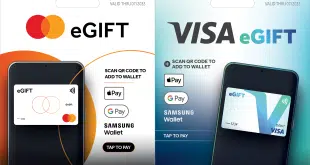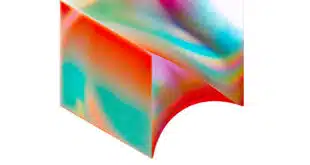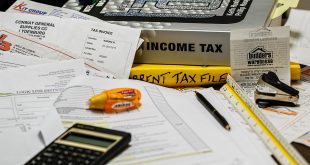A group that promotes electronic bill payment through the automated clearing house network is proposing guidelines for use of Quick Response (QR) bar codes on bills that backers hope will encourage more consumers to pay bills online.
The Council for Electronic Billing and Payment is taking comments on its proposal until Sept. 19. The Council, a group of about 110 billers, financial institutions, and bill-pay vendors, is affiliated with ACH governing body NACHA. The Council will then take the feedback to formulate final guidelines that will be voluntary for billers, processors, and vendors, according to Rob Unger, senior director at Herndon, Va.-based NACHA.
QR codes typically provide e-mail addresses or links to Web sites of retailers and other sponsors and are becoming increasingly common in advertising and other printed materials. They’re also making their way into payments, a prominent example being Starbucks Corp.’s QR codes on smart phones.
Billers and banks see QR codes as a way to reduce the volume of paper statements and errors, and to take advantage of consumers’ growing use of smart phones and tablet computers for payments, according to Unger. “The value proposition is pretty simple,” he says.
While the value proposition may be simple, the operational issues involved in getting QR codes onto bills are more complicated. Today, billers, banks, and aggregators set up their bill-pay formats and data requirements in their own way. The CEBP’s idea is to settle on a common standard so that a QR code could be printed on a paper bill and then scanned by a mobile phone’s or PC’s camera, enabling the consumer to view the bill and complete the payment process electronically with minimal data entry.
The system would work in both of the two major electronic bill-pay environments: the biller-direct model in which the customer pays a bill straight to the utility or other company that sent the bill, or the aggregator model in which the customer pays bills through an online-banking or third-party processor Web site. While the CEBP’s assumption is that codes would be printed on paper, they also could be embedded in electronic bills from billers themselves or aggregators.
“The idea behind these guidelines is to provide consistent data that are really agnostic regarding who the bill-pay provider is, what the bill-pay use case might be, and who is supplying the QR code reader application,” says Unger.
The CEBP is floating two QR code types for comment. The first, which the Council is recommending, is a 1.25-by-1.25-inch code based on the so-called ISO/IEC 18004:2006 standard, Version 15, which provides for up to 292 alphanumeric characters. The second is a compact version. The codes would contain such data as customer account number, billing date, amount due, due date, biller address, and other information.
QR codes would bolster a separate NACHA effort to reduce erroroneous entries in bill payments. The association estimates that such errors cost the industry about $720 million annually to investigate and correct. And, in the online-banking environment, QR codes could facilitate easy entry of new billers onto the list of companies a consumer can pay through the aggregator model.
“Those are big incentives for people to rally around some guidelines to establish some consistencies regarding bill-pay scenarios,” Unger says.
A link to the CEBP’s proposal can be found here.





